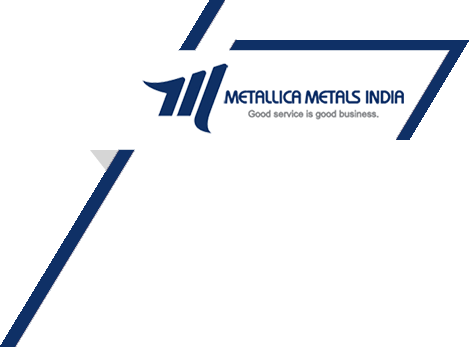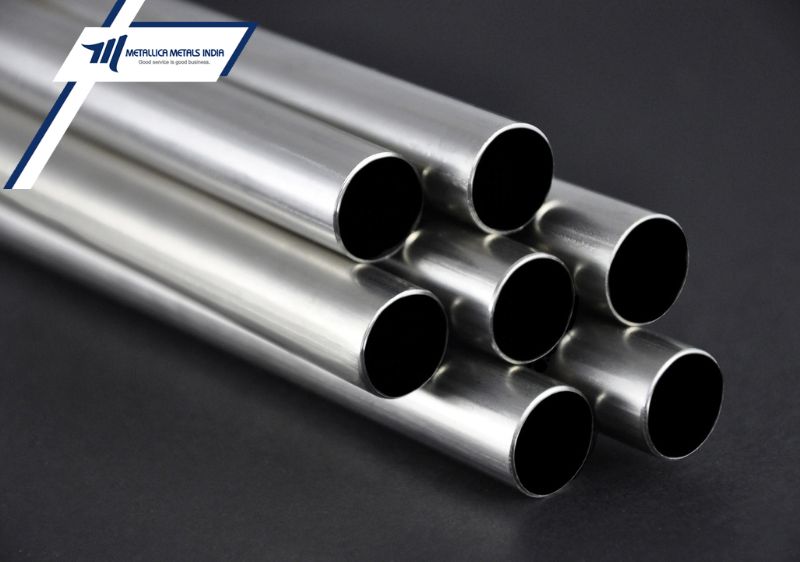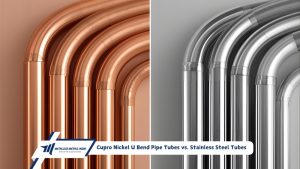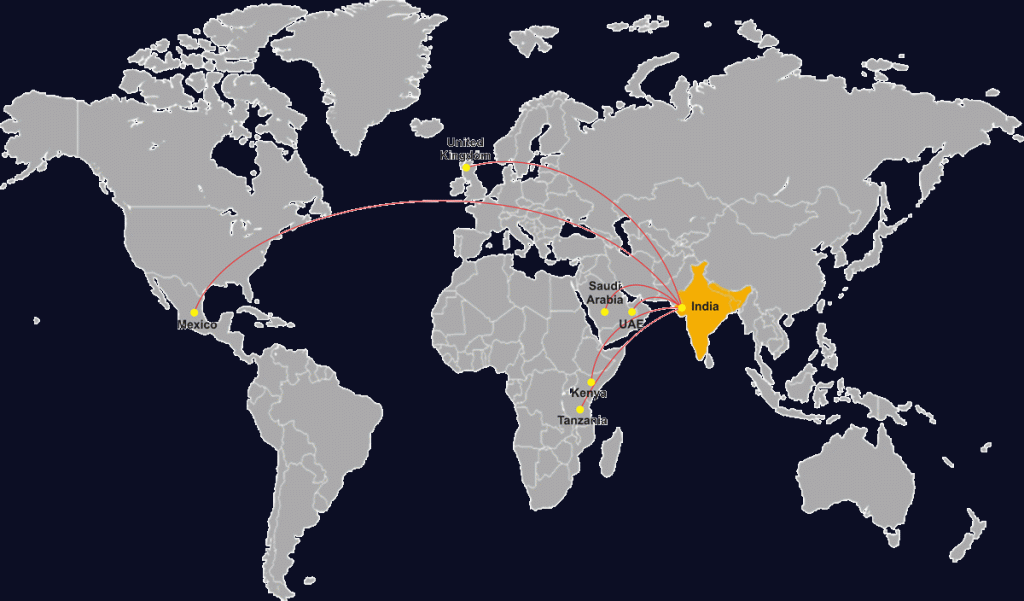The intricate maze of pipelines that crisscross beneath our cities and towns is a testament to the silent role pipes play in our daily lives. As the vascular system for industries like oil and gas, construction, and manufacturing, the choice between seamless pipes and welded pipes is crucial for engineers and decision-makers. But what exactly sets these two apart? In this article, we delve into the essential differences between seamless and welded pipes unravelling their manufacturing process, exploring their merits and demerits, comparing their performance, and citing real-world applications.
What is a Seamless Pipe?
As their name suggests, seamless pipes are manufactured without a seam, so they don’t have a welded joint. Creating seamless pipes involves heating a solid steel billet until it is malleable and then piercing it through the centre to form a pipe.
Advantages of Seamless Pipe
Strength and Integrity:
A key advantage of seamless pipes is their uniformity of shape and material, as they do not have a weld seam. This integral structure grants them significant strength under loading.
Durability:
Seamless pipes can withstand higher pressure and are often chosen for high-pressure applications.
Versatility in Size:
They can be manufactured in a wide range of thicknesses and diameters.
Definition of Welded Pipe
Welded pipes are made by rolling a metal sheet and welding it longitudinally across its length. The process involves various welding methods, such as electric resistance welding (ERW), submerged arc welding (SAW), or spiral welding.
Advantages of Welded Pipes
Cost-Effectiveness:
Welded pipes are generally more affordable due to the simplicity of their production.
Availability:
They are readily available and can be produced in large quantities to meet market demand.
Flexibility in Production:
Different sizes and thicknesses are easily achieved by adjusting the production line rolls.
Comparison of Seamless and Welded Pipes
Regarding strength and durability, seamless pipes typically have the upper hand due to their consistent all-around material integrity. Welded pipes, although they can be reinforced at the welded seam, may not match the strength of seamless pipes.
Cost-wise, welded pipes win significantly, making them the more economical option for projects that do not require the high strength of seamless pipes. Regarding availability, welded pipes are easier to find and purchase due to their widespread production and use in less critical applications.
Applications Considerations
Some applications demand the seamless pipe’s strength, such as in high-pressure fuel injection systems or high-temperature environments through process piping in refineries. Conversely, welded pipes are more than adequate for low-pressure systems like water supply lines in residential or commercial buildings.
Conclusion
The choice between seamless and welded pipes boils down to the specific requirements of your project. Seamless pipes offer strength and pressure resistance at a higher cost, while welded pipes provide affordability and availability for less demanding applications. In summary, consider the forces and pressures the pipe will encounter, the budget, and the availability of each pipe type when choosing the right pipe for your needs. Pipes may run silently beneath our feet, but the decisions that go into selecting the right type resonate loudly through the integrity and efficiency of the industry infrastructures they support.







